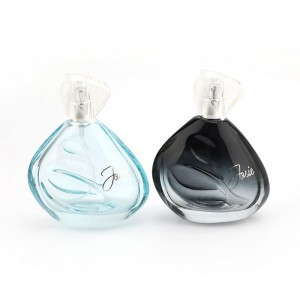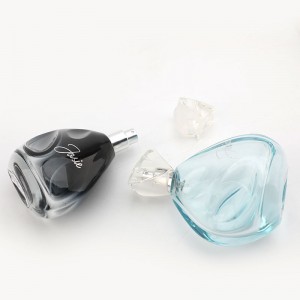Introduction:
Perfume bottles are not just containers for fragrances; they are intricate works of art that enhance the overall experience of using perfumes. In this article, we will delve into the fascinating construction of perfume bottles, exploring the various components and their significance.
1. Bottle Design:
The design of a perfume bottle plays a crucial role in attracting consumers and reflecting the brand’s identity. From sleek and minimalist to ornate and extravagant, perfume bottles come in various shapes, sizes, and materials. The design often captures the essence of the fragrance within, creating a visual representation of the scent.
2. Bottle Material:
Perfume bottles can be made from a wide range of materials, including glass, crystal, porcelain, and even precious metals. Glass is the most commonly used material due to its transparency, versatility, and ability to preserve the fragrance. Crystal bottles, on the other hand, offer a luxurious touch with their sparkling appearance.
3. Stopper and Cap:
The stopper and cap of a perfume bottle serve both functional and aesthetic purposes. The stopper prevents the perfume from evaporating and keeps the fragrance fresh. It is often made from materials such as glass, crystal, or plastic. The cap, usually placed over the stopper, adds an extra layer of protection and can be adorned with brand logos or unique designs.
4. Atomizer:
Some perfume bottles feature an atomizer, which allows users to spray the fragrance instead of directly pouring it. The atomizer consists of a pump mechanism connected to a tube and a nozzle. When pressed, the pump creates a vacuum that draws the fragrance from the bottle and sprays it in a fine mist.
5. Labeling and Branding:
Perfume bottles often bear labels that provide essential information about the fragrance, including the brand name, perfume name, concentration, and volume. These labels are meticulously designed to align with the overall aesthetic of the bottle, contributing to the brand’s identity and recognition.+
6. Decorative Elements:
Many perfume bottles are adorned with decorative elements such as engravings, embossing, or hand-painted designs. These intricate details enhance the overall visual appeal and elevate the bottle to a work of art. Decorative elements can also reflect the theme or inspiration behind a particular fragrance.
Conclusion:
The construction of perfume bottles involves a careful balance between functionality and aesthetics. From the design and materials to the stopper, atomizer, and decorative elements, each component contributes to the overall allure of the fragrance. By understanding the intricate construction of perfume bottles, we gain a deeper appreciation for the craftsmanship and creativity that goes into these exquisite containers.
Post time: Jul-21-2023

